Laser marking uses a focused laser beam to change the surface of a target. An oscillator emits the laser beam, which is scanned by a mirror (known as a scanning mirror) and focused on the target by modifying the surface using a focusing lens. As opposed to ink-based marking, which is more prone to abrasion, laser marking uses light to modify the target surface, and the marking is permanent. Read More…
Epilog Laser specializes in laser marking systems, CO2 lasers, diode lasers, laser cutting machines & systems for laser engraving like tabletop engravers, mid-sized engravers & large-format engraving systems. We have offered laser technology since 1988 and are the leader in CO2 & fiber laser systems.

Is your facility in need of high performance dot peen machines? Our top of the line machinery is guaranteed to meet all of your needs. We are your worry-free provider of identification systems. We will work with your team to implement our products into your business and our services are beyond compare. Our company has proven ourselves as an industry leader!
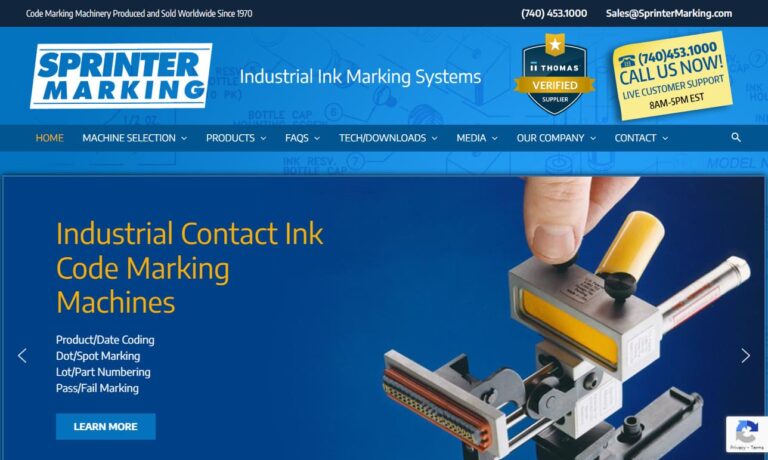
Laser Marking Technologies LLC has served the marking machinery and laser cutting services industries for over 20 years. Our years of experience and advanced technology make us a leader in marking machinery and laser-cutting services.
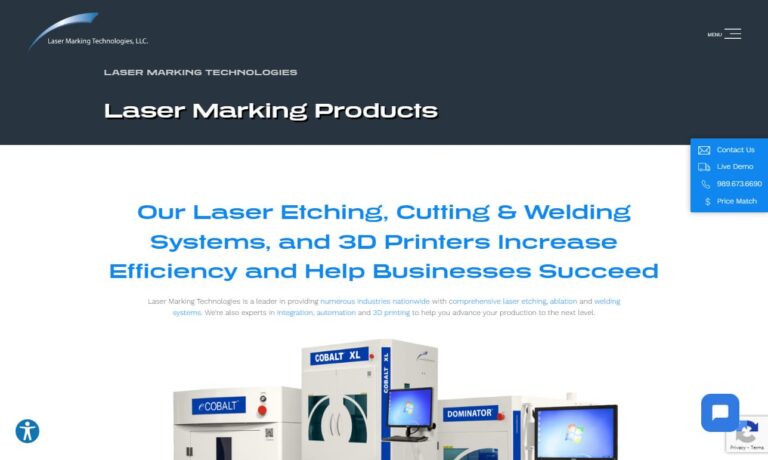
At Automark, our team of experts is ready and willing to tackle any of your challenging assignments. We supply marking systems for a multitude of industries such as medical, cosmetic, industrial, automotive, and more. All of our machines are manufactured to the highest quality, offered at a competitive price, and are guaranteed to last. Give us a call and a representative will speak with you...
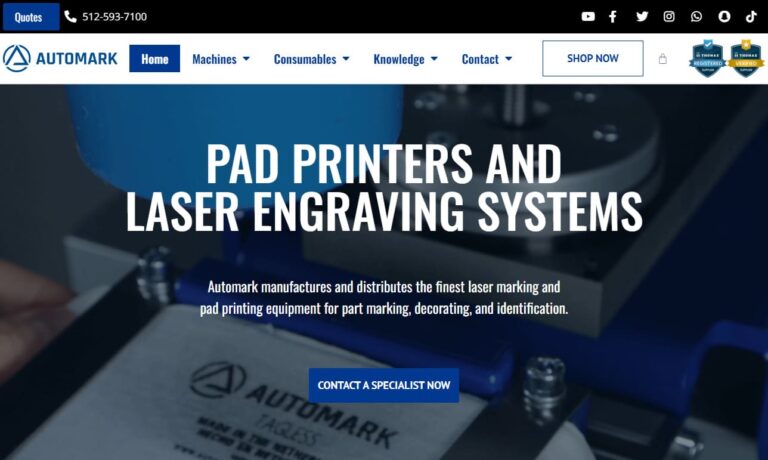
Isotech offers a full range of Fiber, C02, UV, Green, MOPA, Nanosecond, Picosecond and Femtosecond laser systems for marking, cutting and welding of many substrates. Isotech offers both standard systems as well as fully automated or custom systems depending on your specific requirements. Integrated, automated solutions with conveyors, palletized pick and place, rotary dial tables, hoppers, and...
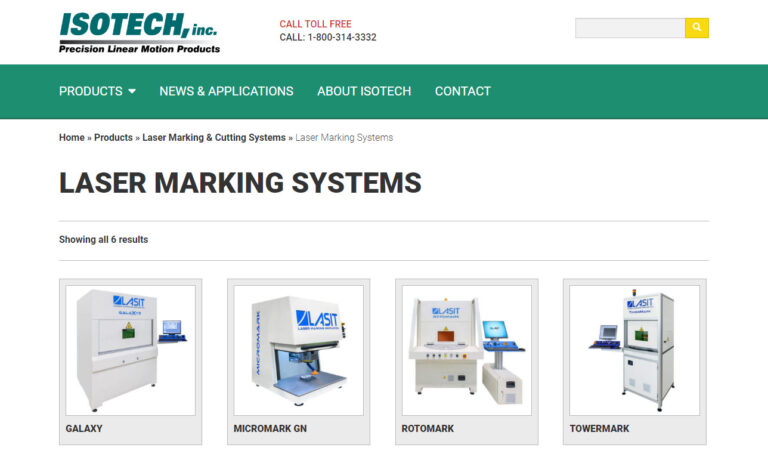
More Laser Marking Manufacturers
Laser Marking
Laser marking uses a focused laser beam to change the surface of a target. An oscillator emits the laser beam, which is scanned by a mirror (known as a scanning mirror) and focused on the target by modifying the surface using a focusing lens. As opposed to ink-based marking, which is more prone to abrasion, laser marking uses light to modify the target surface, and the marking is permanent.
Laser Marking On Metal
Metals can be marked with a laser using the black-annealed method, in which the laser produces oxidation. Metal is also marked by the engraving method, in which the laser is used to engrave deeply into the target surface. Every technique has a particular use.

Characteristics of Laser Marking
Black-Annealed (Oxidation) Marking
The laser beam's focus is changed when directed at the marking target so that only heat will be transferred. An oxide coating is created on the target's surface when heat is applied without etching it. This marking has a dark appearance and depicts a black marking.
White etching marking
A slightly removed portion of the metal surface reveals an uneven surface. This results in light reflecting unevenly, producing markings that appear white.
Engraving marking
The target surface is etched for marking by laser light, which illuminates the target's focal point. Increasing the engraving by increasing the number of laser irradiations can produce a deeply etched impression.
Laser Marking On Plastic
For marking plastic with a laser, there are three techniques:
- Foaming, where the laser causes bubbles.
- Chemical change, where the pigments in the plastic react with the laser.
- Carbonization, where a high-energy laser is used to cover the target surface.
Foaming
Bubbles are produced inside the substance when a laser irradiates the base material. These bubbles are hidden behind the base material's top layer, which gives them a white appearance. On darker base materials, foaming is more noticeable.
Chemical change
Color development results from a chemical change resulting from the laser light's interaction with the metal ions in the pigment of the base material. The look varies depending on the target's color and material.
Carbonization
The molecules of the element around the base material are carbonized and turn black when high energy is given continuously to the area. While the polycarbonate material on the right is translucent, when carbonized, it turns a stunning shade of black.
Laser marking on other materials
Other than metal and plastic, laser marking can be used to label various materials. Laser marking, for instance, is applicable on a variety of transparent and translucent targets in addition to pottery, paper, and wood. Targets with a surface coating that may be removed to reveal the underlying base material or painted surface are also suitable for laser marking.
Processing With Laser Marking
In addition to marking, lasers can be used for various processing tasks like cutting, drilling, and surface reforming. For example, target regions can be rapidly processed by scanning the light to the desired shape.
Cutting
The desired shape is cut during cutting by scanning the laser light to the designated location. This technique can be used to remove gates and burrs in addition to cutting complex forms effortlessly.
Surface reformation
This procedure removes a target's surface material, such as paint, film, or plating, using laser light. To strengthen the binding and stop any paste from flowing out, surface reformation also modifies the wettability of the surface material.
Drilling
Laser-based drilling creates a hole in a target by irradiating a single point with laser light, which causes melting and evaporation. Drilling holes as required for the application is feasible by adjusting variables like the laser's size and power.
Laser Marking Machine Operation
When using laser marking equipment, a device for correctly positioning the target is required. There are three different types of laser marking machines: stand-alone systems, which mark targets one at a time, indexing systems, which mark several targets at once; and inline systems, which mark targets as they are transported.
Laser Marking Machine Types And Features
It is possible to find several kinds of laser marking equipment, each with a unique laser wavelength best suited for a particular material or application. CO2, UV, and fiber laser marking devices are the three most common types of laser marking equipment.
Fiber Laser Marking
Fiber laser marking devices are IR (infrared) lasers because of their 1090 nm wavelength. Although fiber lasers may mark various surfaces, metal is the medium on which they work best. In addition, IR light is transparent to transparent surfaces, so fiber lasers cannot mark transparent surfaces despite their great power, making them ideal for engraving and annealing applications.
UV Laser Marking
UV lasers use a highly absorbent wavelength (355 nm) to label objects. UV lasers may "cold mark" materials without introducing additional heat stress because of their high absorption rate, especially those with high reflectivities like gold, silver, and copper.

CO2 Laser Marking
The wavelength of CO2 laser marking equipment is 10 times that of conventional wavelength systems. They work well for marking transparent materials, rubber, wood, resins, and paper (like glass and PET). A CO2 laser marking equipment, however, cannot mark metal since the laser light is not absorbed.

Choosing the Correct Laser Marking Manufacturer
To make sure you have the most beneficial outcome when purchasing Laser Marking from a Laser Marking Manufacturer, it is important to compare at least 5 or 6 Companies using our list of Laser Marking companies. Each Laser Marking Manufacturer has a business profile page that highlights their areas of experience and capabilities and a contact form to directly communicate with the manufacturer for more information or request a quote. Review each Laser Marking business website using our patented website previewer to get an idea of what each company specializes in, and then use our simple RFQ form to contact multiple Laser Marking businesses with the same form.






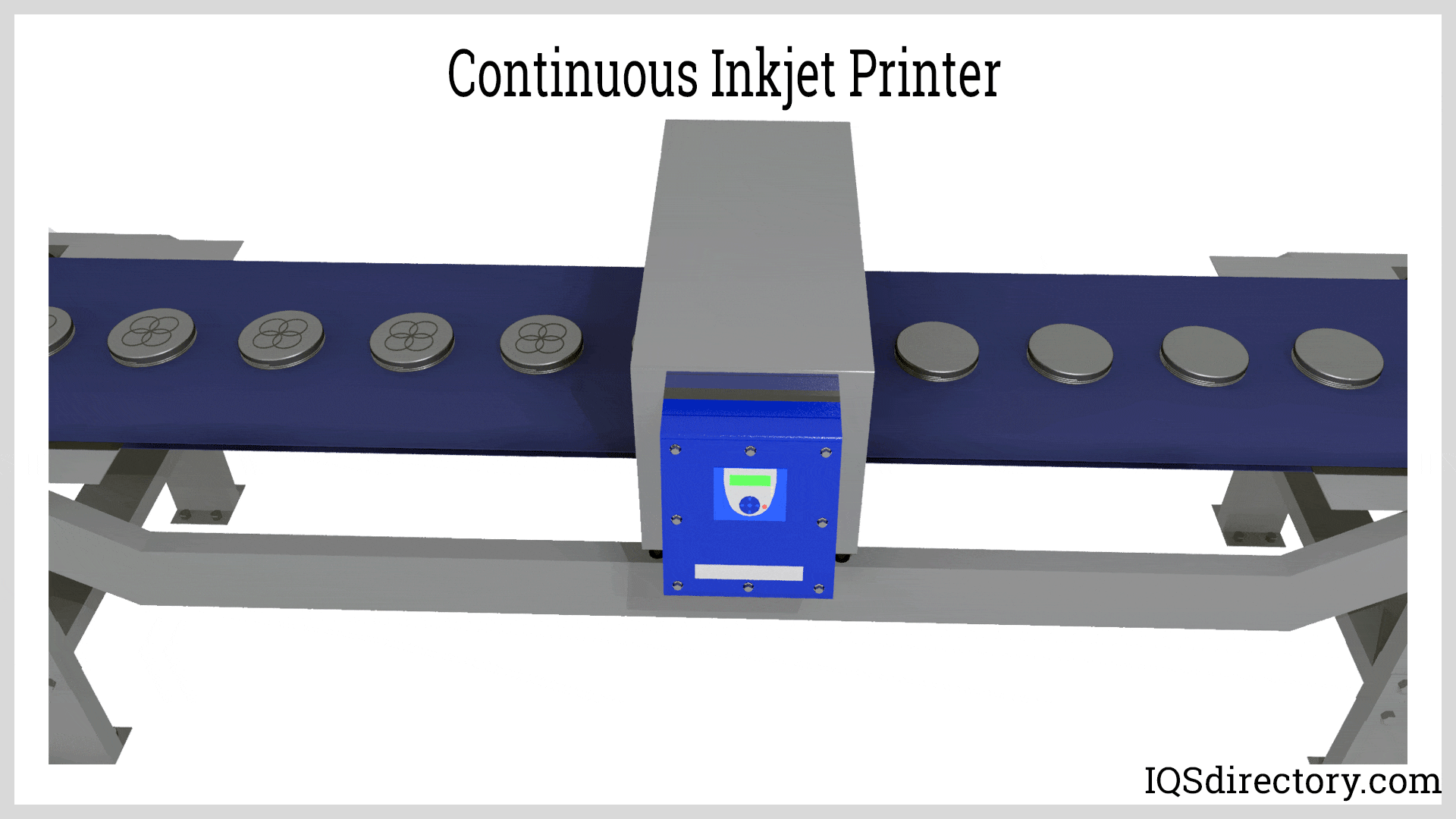
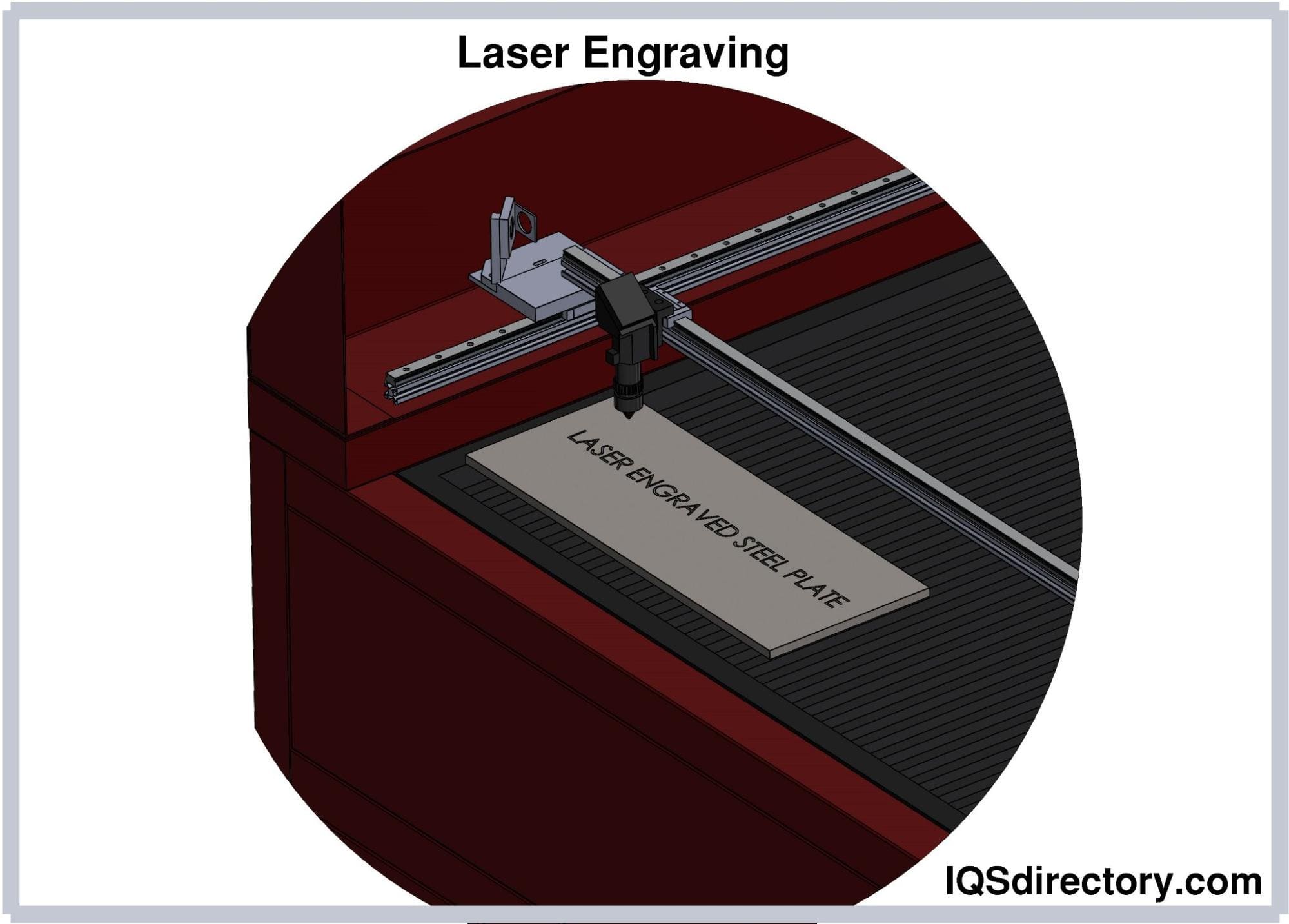
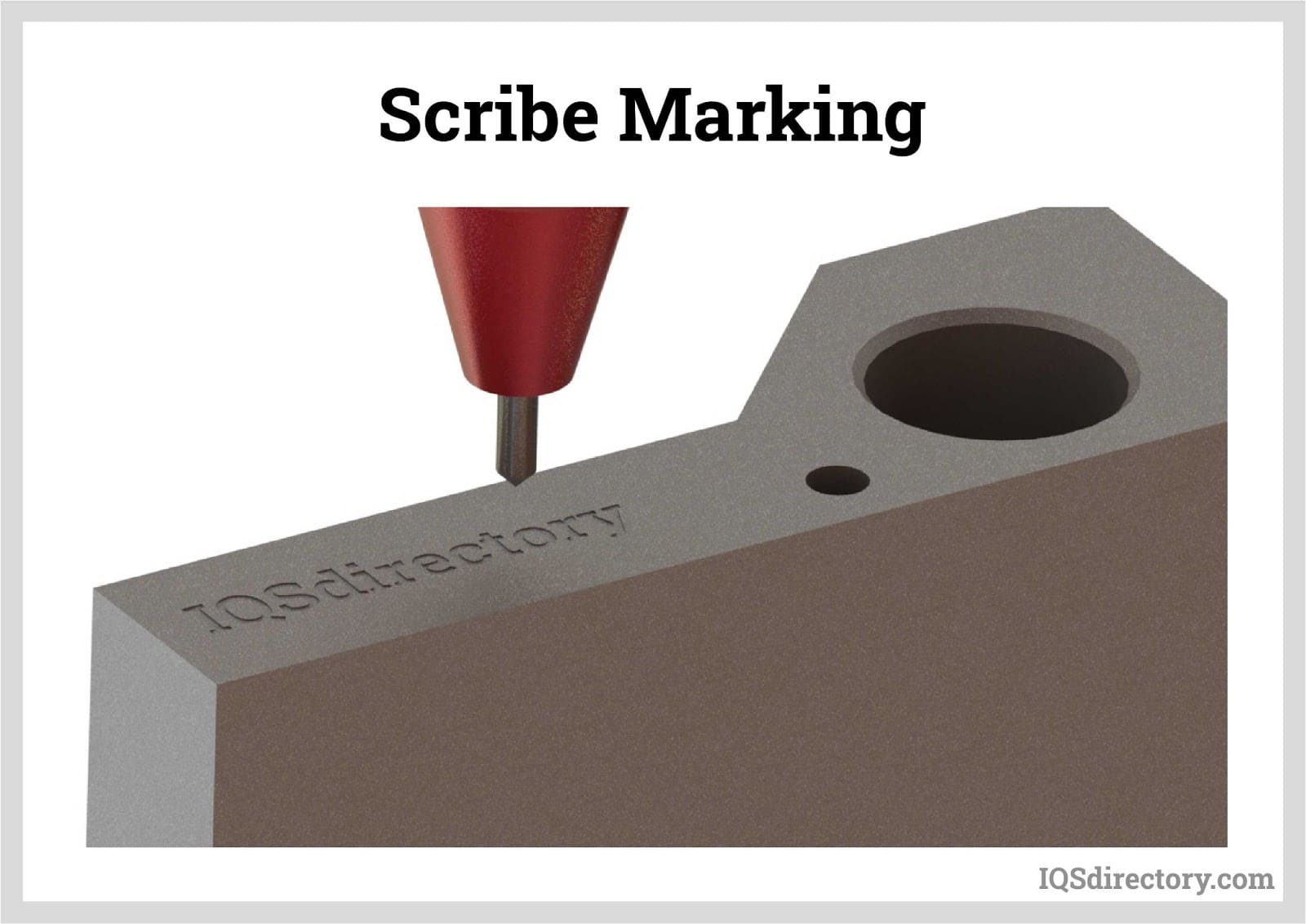
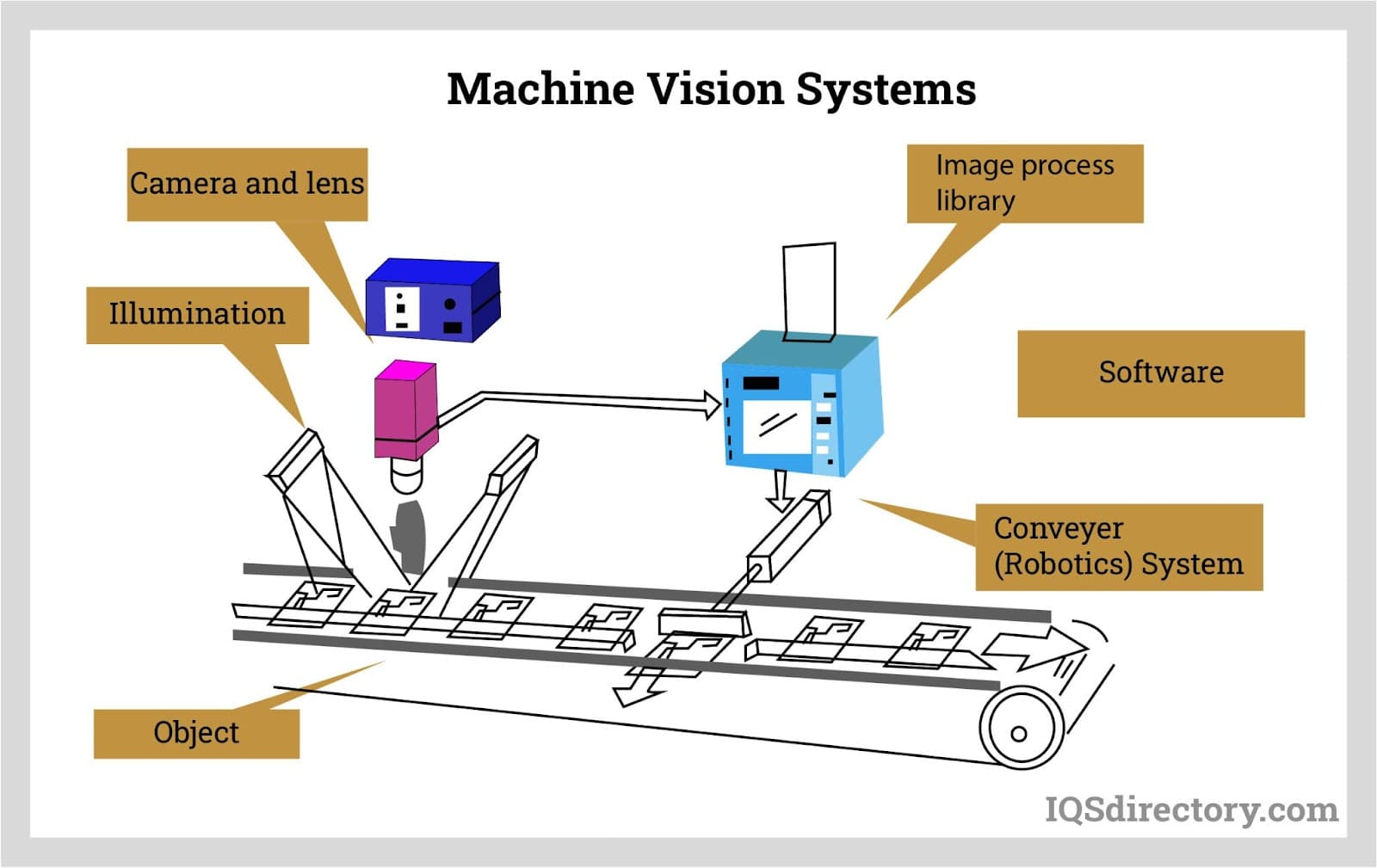
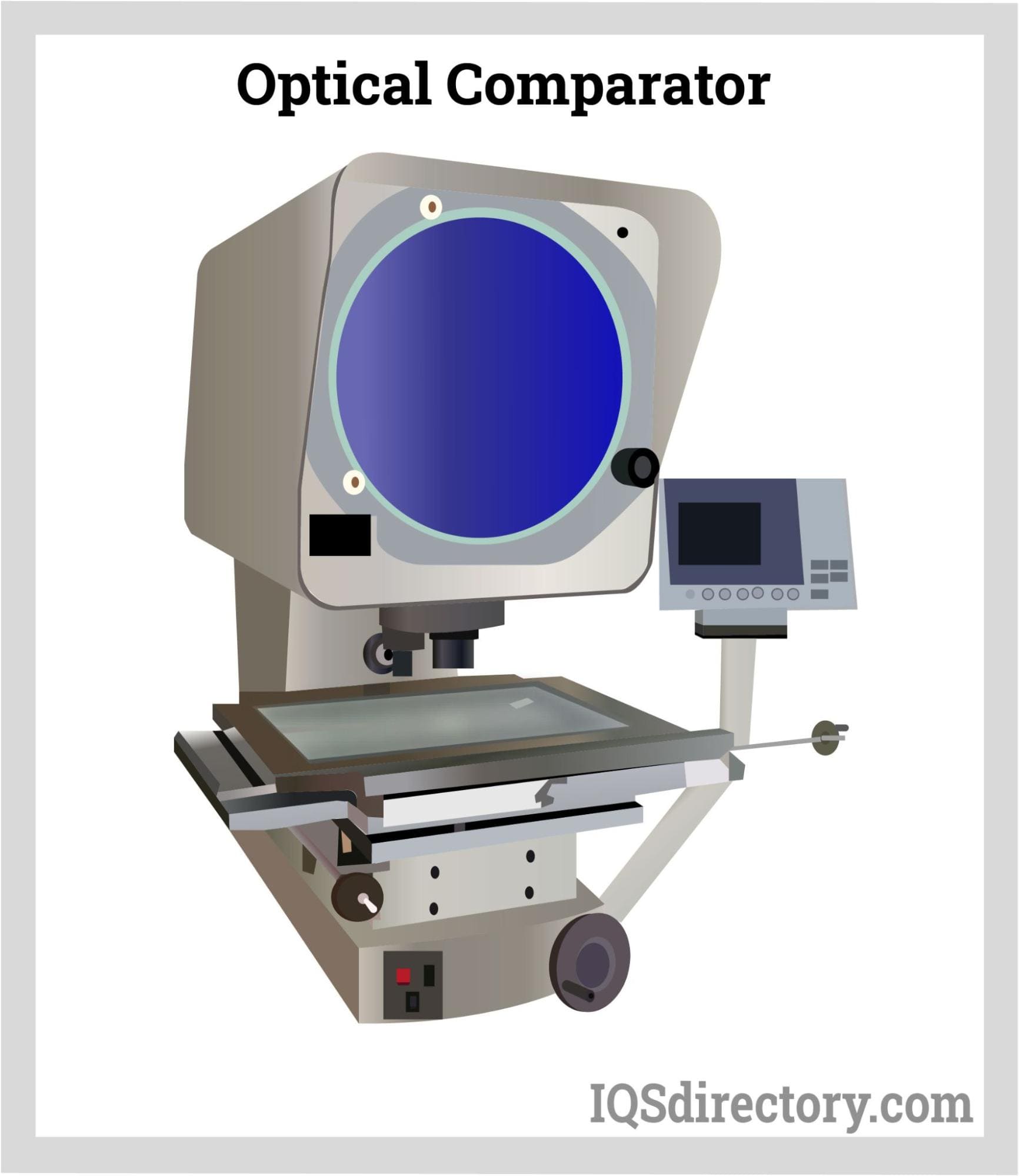
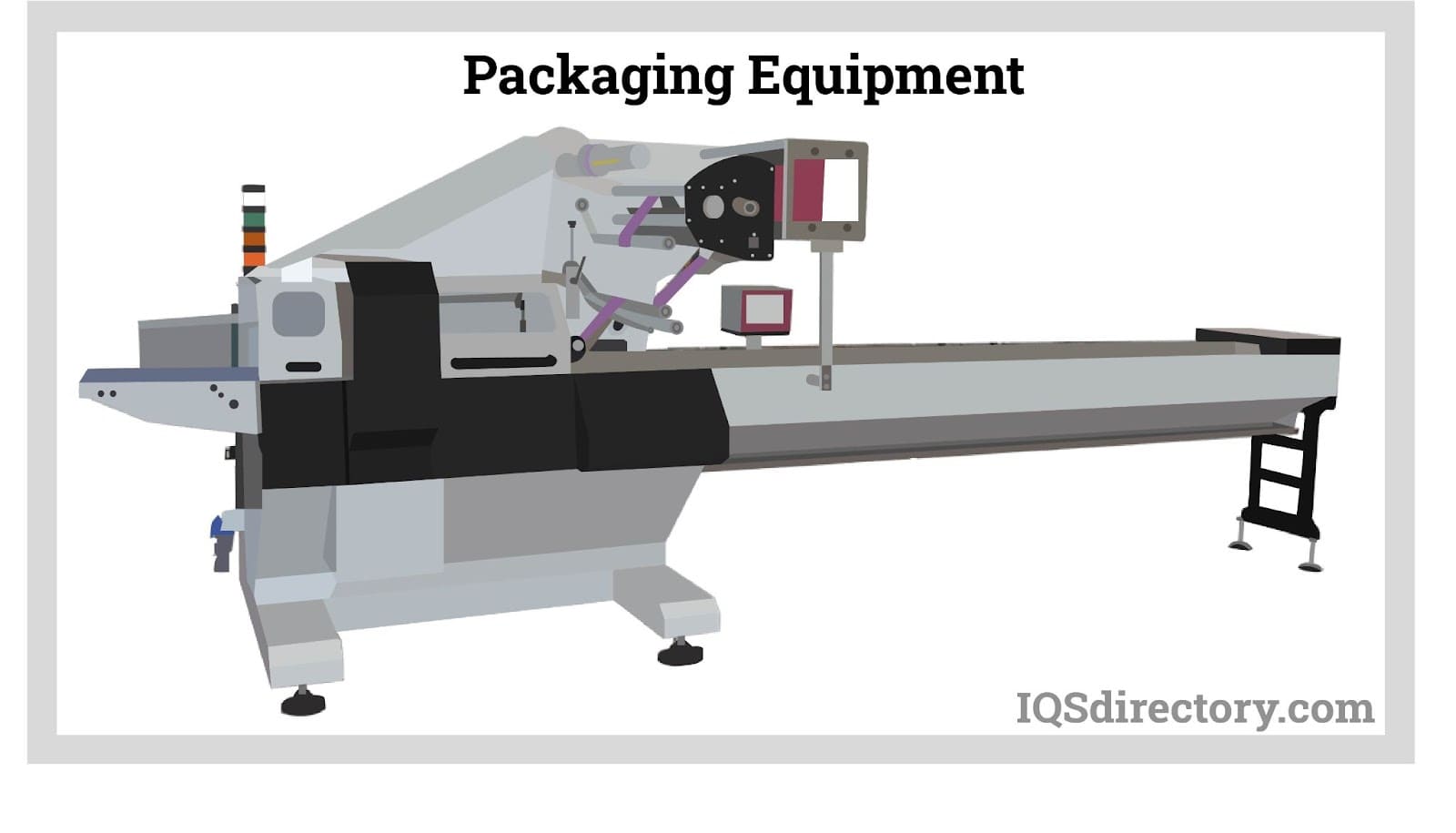
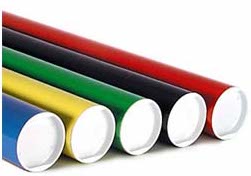 Cardboard Tubes
Cardboard Tubes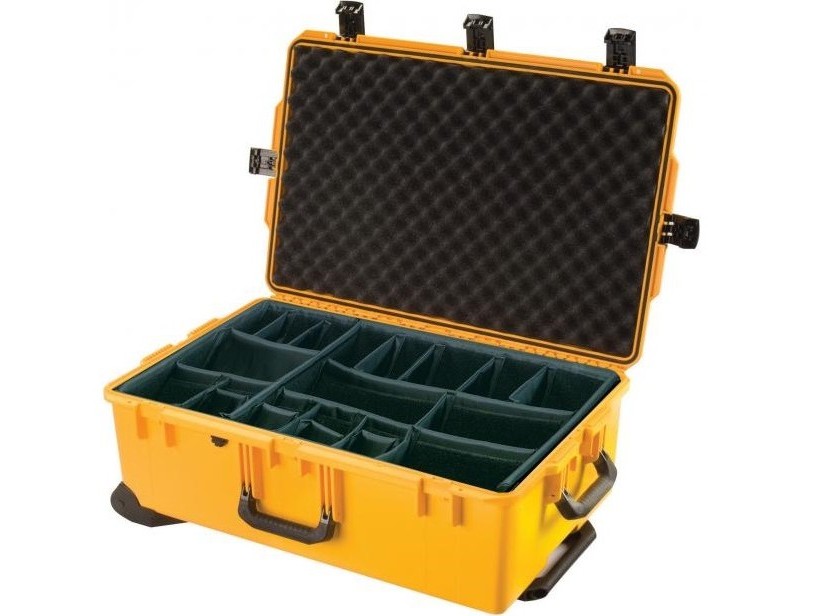 Carrying Cases
Carrying Cases Contract Packaging
Contract Packaging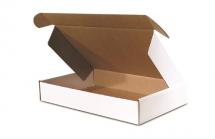 Corrugated Boxes
Corrugated Boxes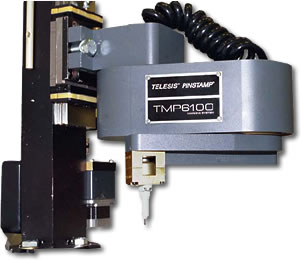 Dot Peening Machines
Dot Peening Machines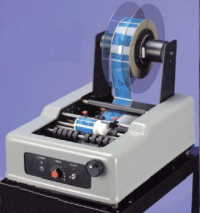 Labeling Machinery
Labeling Machinery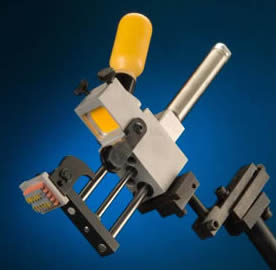 Marking Machinery
Marking Machinery Packaging Equipment
Packaging Equipment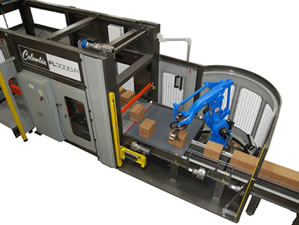 Palletizers
Palletizers Plastic Bags
Plastic Bags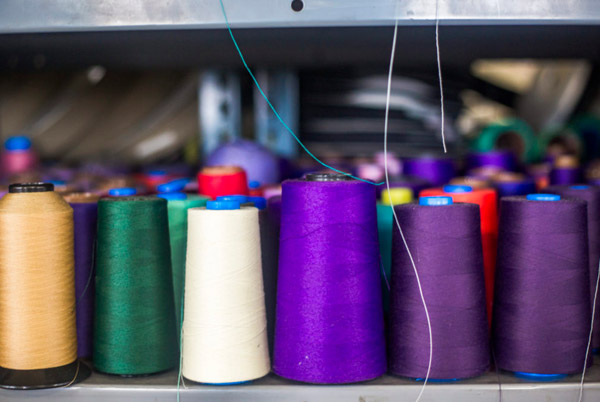 Sewing Contractors
Sewing Contractors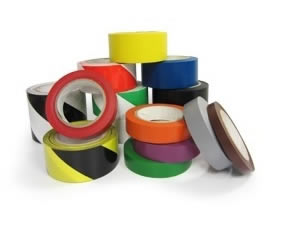 Tape Suppliers
Tape Suppliers Castings & Forgings
Castings & Forgings Bulk Material Handling
Bulk Material Handling Electrical & Electronic Components
Electrical & Electronic Components Flow Instrumentation
Flow Instrumentation Hardware
Hardware Material Handling Equipment
Material Handling Equipment Metal Cutting Services
Metal Cutting Services Metal Forming Services
Metal Forming Services Metal Suppliers
Metal Suppliers Motion Control Products
Motion Control Products Plant & Facility Equipment
Plant & Facility Equipment Plant & Facility Supplies
Plant & Facility Supplies Plastic Molding Processes
Plastic Molding Processes Pumps & Valves
Pumps & Valves Recycling Equipment
Recycling Equipment Rubber Products & Services
Rubber Products & Services